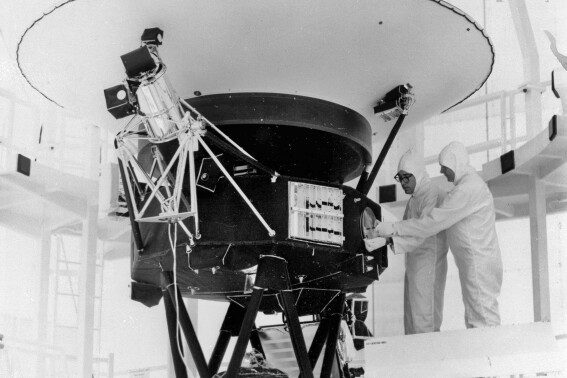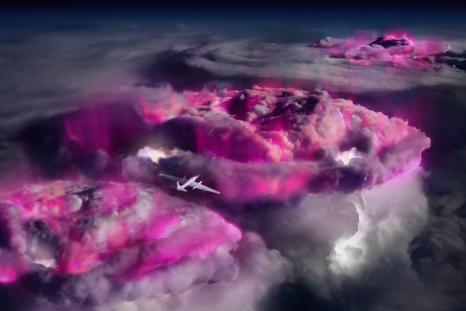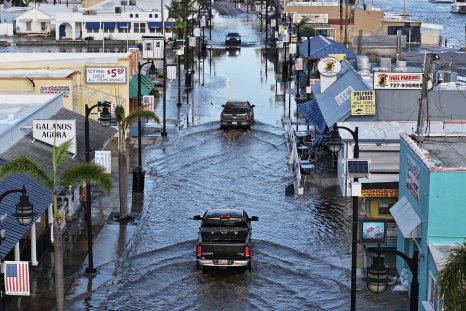The 2022 eruption of the Hunga Tonga volcano may have been triggered by the release of underground energy totaling as much as five nukes exploding all at once, scientists have found.
Until this discovery, described in a paper in the journal Geophysical Research Letters, we didn't really know what had sparked the powerful eruption. Seismic records reveal that this immense amount of energy was built up in rock under the ocean floor because of building gas pressure, which was all released at once in a huge explosion.
"Our findings confirm there was an explosion, possibly due to a gas-compressed rock, which released energy that equated to five of the largest underground nuclear explosions conducted by North Korea in 2017," study co-author Jinyin Hu, a Ph.D. student at Australian National University, said in a statement.
"Our model suggests the event resulted from the gas-compressed rock being trapped underneath a shallow sea, like an overcooked pressure cooker," Hu said. "This would be surprising to many because it had been commonly thought that the interaction of hot magma with cold seawater caused such massive underwater volcanic eruptions."
Hunga Tonga, also known as Hunga Tonga-Hunga Ha'apai, is an underwater volcano in the South Pacific, near the kingdom of Tonga. The eruption began with increasing volcanic activity in December 2021 and resulted in a dramatic eruption on January 15, 2022. It is considered to be the largest volcanic explosion recorded since the eruption of Mount Pinatubo in 1991.
The explosion sent a plume of gas, steam and ash tens of miles up into the atmosphere and triggered a massive tsunami that spread across the Pacific.
In the paper, the researchers describe how they studied the seismic forces that acted during the eruption, using techniques previously used to analyze underground explosions.
"Using seismic waveform modeling, we observed a significant vertical force pointing upward during the event. At first, we were confused by it. But then we realized that the solid earth rebounded upwards after the water column got uplifted," study co-author Hrvoje Tkalčić, a professor at Australian National University, said in the statement.
They found that the explosion underground resulted in a massive upward push of ocean water, which led to the extreme tsunamis seen around the Pacific.
"The water volume that was uplifted during the event was huge. Based on our estimates, there was enough water to fill about one million standard Olympic-sized swimming pools," study co-author Thanh-Son Pham, also a researcher at Australian Nation University, said in the statement.
The researchers said that this eruption was one of the best-recorded eruptions in history, meaning that they had plenty of data to draw from.
"This is one of the largest events in our lifetime. Luckily, we had multiple ways to record the event, from data from satellite images to seismic sensors that record the sound waves and structure," Hu said.
"There was another event that happened in 1991 that was a similar size in Pinatubo in the Philippines, but back then, monitoring systems weren't as sophisticated as they are now," he said.
Do you have a tip on a science story that Newsweek should be covering? Do you have a question about volcanic eruptions? Let us know via science@newsweek.com.
Reference
Hu, J., Phạm, T.-S. & Tkalčić, H. (2024). A Composite Seismic Source Model for the First Major Event During the 2022 Hunga (Tonga) Volcanic Eruption. Geophysical Research Letters. https://doi.org/10.1029/2024GL109442
Disclaimer: The copyright of this article belongs to the original author. Reposting this article is solely for the purpose of information dissemination and does not constitute any investment advice. If there is any infringement, please contact us immediately. We will make corrections or deletions as necessary. Thank you.



